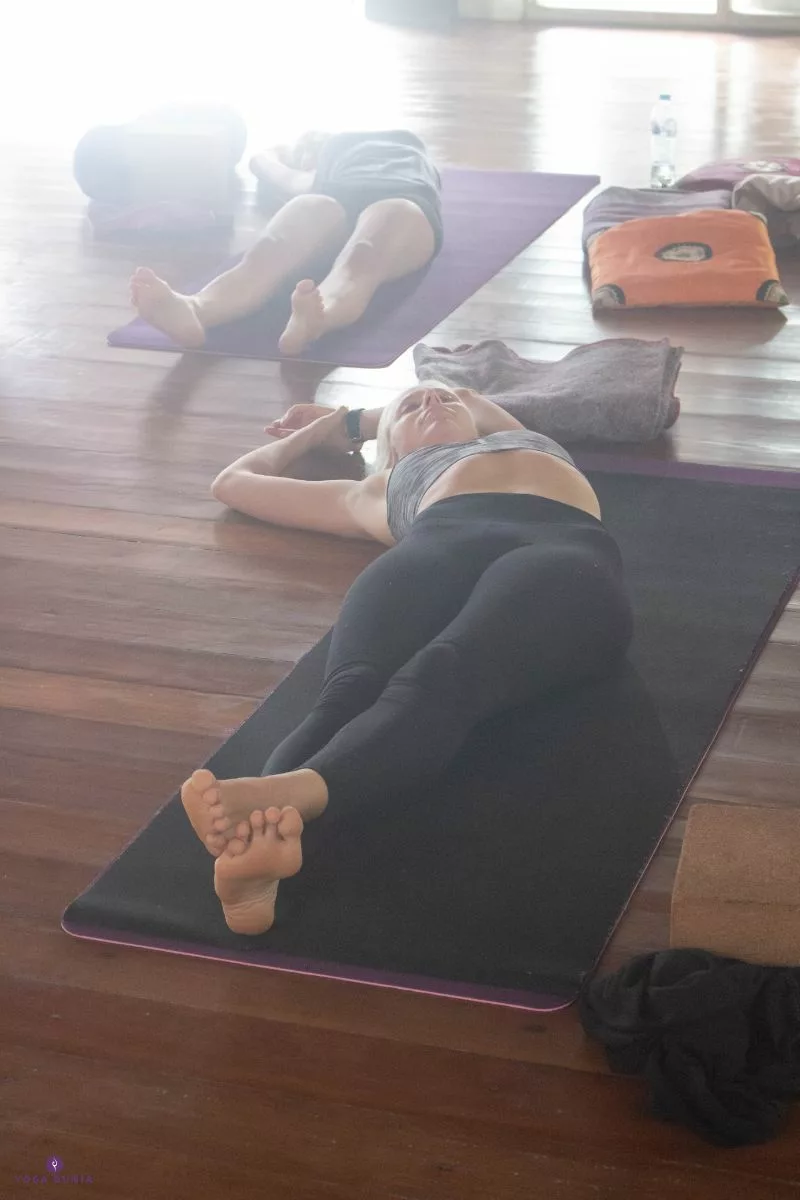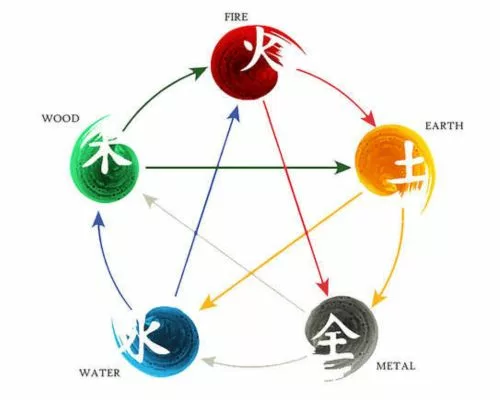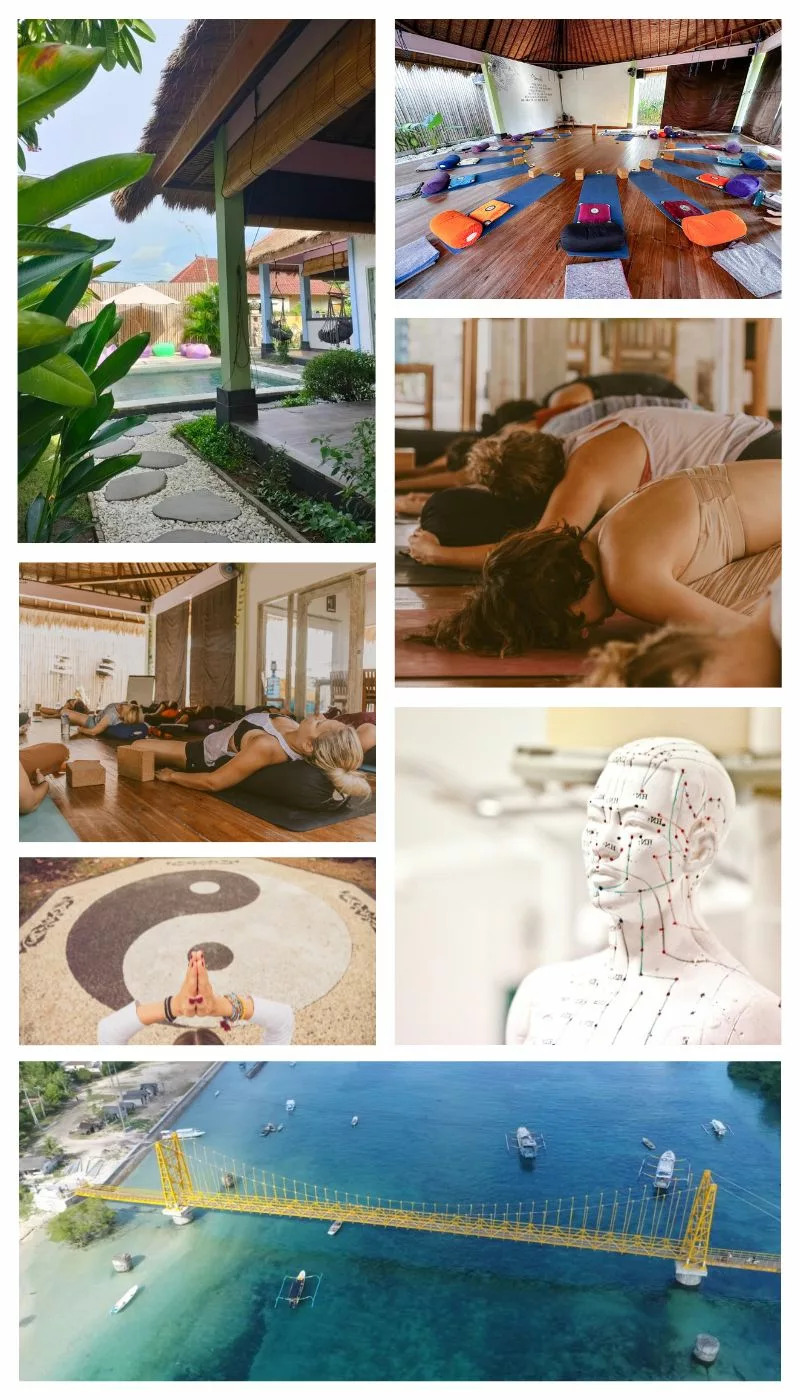Exploring the Connection Between Yin Yoga and Chinese Medicine: Meridians and the Five Elements
Chinese medicine and Yin yoga have emerged as powerful allies in today’s fast-paced world, where the quest for holistic well-being is more important than ever. With its rich, ancient wisdom, Chinese medicine offers profound benefits that go beyond the physical. Yin yoga, with its deep, meditative poses, complements these benefits, and both practices are increasingly recognized for their roles in promoting overall health and balance.
These ancient practices, though distinct in their origins and methodologies, share a profound connection that enhances their individual benefits. Yin yoga, rooted in Taoist traditions, complements the principles of Chinese medicine, which focuses on the flow of energy through meridians and the balance of the five elements. This synergy between Yin yoga and Chinese medicine not only supports physical health but also fosters emotional and energetic well-being.

In this article, we will delve into the intricate relationship between Yin yoga and Chinese medicine, specifically exploring the role of meridians and the five elements. Readers will gain insights into how Yin yoga poses stimulate specific meridians, promoting the flow of Qi and balancing the body’s energy systems.
Additionally, we will explore how Yin yoga can be tailored to harmonize the five elements, enhancing overall wellness and inner harmony.
If you’re inspired to deepen your practice, join our 50-hour or 100-hour Yin yoga training programs. Learn to integrate Chinese medicine principles into your practice, enhancing balance and well-being. Sign up today and start your journey towards holistic health.
What is Yin Yoga?
Yin yoga is a slow-paced style of yoga with poses, or asanas, that are held for longer periods of time—typically three to five minutes. This practice targets the connective tissues, Fascia, ligaments, bones, and even the joints of the body, which are usually not exercised so much in more active styles of yoga.
Yin yoga’s origins can be traced back to Taoist traditions and martial arts, but it has evolved significantly over the years, blending with modern yoga practices. It aims to increase circulation in the joints and improve flexibility, while also being a meditative practice that helps to cultivate inner stillness.
Introduction to Traditional Chinese Medicine – TCM
Chinese Meridian
The 5 Elements
Balancing the body’s energy
Chinese medicine (CM), also known as Traditional Chinese Medicine (TCM), is a holistic approach to health that has been practiced for thousands of years. It is based on the concept of balancing the body’s energy, or Qi, which flows through pathways called meridians.
Meridians:
In TCM, meridians are channels through which the body’s vital energy flows. There are twelve primary meridians, each corresponding to a specific organ system. By stimulating these pathways, TCM aims to restore balance and harmony within the body.
The 5 Elements:
TCM also categorizes bodily functions and natural phenomena into five elements: Wood, Fire, Earth, Metal, and Water. Each element is associated with specific organs and emotional states, and maintaining balance among these elements is crucial for health and well-being.

The 5 elements vs the 5 phases
The theory of the Five Elements, also known as the Five Phases, is a fundamental concept in Chinese medicine and natural philosophy. However, there is an important distinction between these two interpretations. The Five Elements refer to the emblems of Wood, Fire, Earth, Metal, and Water, while the Five Phases better describe the dynamic processes and interactions these elements represent.
The Five Elements and Five Phases are often used interchangeably, they represent different concepts. The Five Elements suggest static components, whereas the Five Phases describe dynamic processes and interactions. Recognizing this distinction helps to better understand and apply the principles of Chinese medicine, promoting a more accurate and holistic approach to health and well-being.
The connection between Yin Yoga and those concepts
The Connection between Yin Yoga and Meridians
Yin yoga and TCM intersect through the stimulation of meridians. All Yin yoga asanas target these energy pathways, enhancing the flow of Qi and promoting overall health.
- Correspondence of Poses: Yin yoga poses are known to stimulate specific meridians. For example, forward bends and hip openers can target the Kidney and Liver meridians, which are crucial for regulating water balance and detoxification processes in the body.
- Health Benefits: By focusing on the meridians, Yin yoga not only increases flexibility but also supports the health of the corresponding organ systems. This holistic approach can lead to improved energy levels, better emotional health, and enhanced physical well-being.
- Examples of Poses: Poses like Butterfly (stimulating the Kidney and Liver meridians) or Dragonfly (affecting the Spleen and Stomach meridians) are excellent for balancing energy flow. Each pose, held for an extended period, allows for deep tissue release and energetic balance.


Yin Yoga and the Five Elements
The practice of Yin yoga can also be tailored to balance the five elements of Chinese medicine, promoting harmony within the body and mind.
-
Integration of Elements: Each Yin yoga session can focus on poses that balance specific elements. For example, poses that target the Stomach and Spleen meridians (such as Sphinx or Seal) help balance the Earth element, promoting grounding and stability.
-
Balance and Harmony: Practicing sequences that address all five elements ensures a comprehensive approach to health. Balancing the Wood element through poses like Deer (affecting the Liver and Gallbladder meridians) can aid in managing stress and enhancing creativity.
-
Examples of Sequences: A well-rounded Yin yoga practice might include poses for all five elements, ensuring that each organ system receives attention and support. This holistic approach helps maintain equilibrium, both physically and emotionally.
♦ Key Point to remember
The intersection of Yin yoga and Chinese medicine offers a unique pathway to holistic health. By understanding and integrating the principles of meridians and the five elements, practitioners can experience deeper physical, emotional, and energetic benefits. If you’re seeking a practice that goes beyond the physical, exploring the synergy between Yin yoga and Chinese medicine might be the transformative journey you need.
By joining our specialized training programs, explore the profound benefits of Yin yoga and its connection to Chinese medicine. Enhance your practice, deepen your knowledge, and experience holistic well-being. Contact us today to learn more about our Yin yoga training courses and start your journey toward balance and harmony.
Already Yoga Teacher
Check our Training offers
Wish to become a certified Yoga Teacher, Check our 200h Yoga Training Course

